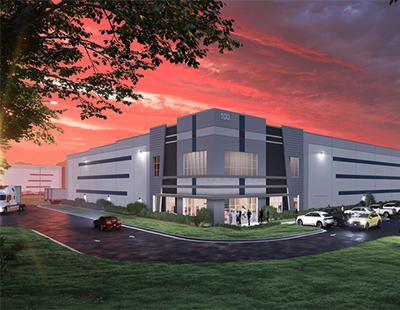
In the dynamic landscape of commercial real estate, business owners who own and occupy their facilities are continually seeking strategies to optimize their assets and enhance their company’s financial health. One proven strategy that has gained significant traction over the past several decades is the sale-leaseback transaction.
Sale-leasebacks offer immediate liquidity for businesses while allowing them to retain operational control of the physical property. The upcoming year might be the perfect time for businesses to capitalize on the equity in their property through such a transaction.
Here are some compelling reasons for businesses to consider a sale-leaseback in 2025.
READ ALSO: Capital Costs Are Still High. Now What?
One of the most compelling reasons to consider a sale-leaseback is the immediate infusion of debt-free cash into the business. By selling their property, a business can unlock the capital tied up in real estate and use it to fund business expansion, reduce bank debt or reinvest in other growth opportunities. In today’s banking climate, access to capital has become challenging and, for most borrowers, a time-consuming and expensive process.
Optimize the company balance sheet
Sale-leaseback transactions can enhance a business’ balance sheet by converting an illiquid asset (real estate) into liquid assets (cash) while also reducing debt by paying off any outstanding mortgages or other high-interest loans. Improving the company’s balance sheet will enhance its financial ratios, making the business more attractive to investors and future lenders.
Lack of industrial supply and high demand
Over the past several years, the industrial real estate market has experienced significantly heightened interest from investors. Investors find single-tenant properties particularly advantageous because they are easier to manage and typically have very stable cash flow.
Potential for lower interest rates in 2025
With the election of a Republican president and control of Congress, there is a perception—and likely a reality—of a lower interest rate environment in 2025. The potential for lower interest rates has increased investor appetite for stable, income-producing single-tenant properties. Historically, this has translated into an extremely competitive environment that reflects higher market valuations. Capitalizing on these market conditions can maximize the valuations of industrial facilities.
Seizing the moment vs. timing the market
In the context of economic uncertainty and fluctuating real estate markets, timing is crucial. Waiting too long might mean missing out on current market conditions that are favorable for sellers. The current investor environment is particularly conducive to achieving favorable lease terms and high property valuations.
Considering selling a business in 2025 or beyond?
The most advantageous outcome for business owners seeking to sell their enterprises over the past decade has been to sell to private equity groups. With few exceptions, private equity groups do not want real estate on their balance sheet. Removing this potential obstacle could pave the way for a smoother, swifter and more profitable transaction.
Maintain operational control
One unique advantage of a sale-leaseback is that it allows the seller to continue occupying the property. The lease agreement ensures that business can operate without disruption, maintaining control over the premises while benefiting from an equity infusion into the business. This continuity is particularly valuable for businesses that rely on site-specific locations for their operations, customer base or brand identity.
Tax benefits of sale-leasebacks
Sale-leaseback transactions can offer favorable tax benefits. By converting ownership into a lease, 100 percent of the lease payments can be deducted as a business expense. This can result in substantial tax savings vs. taking depreciation and interest write-offs. It’s important for the business to consult with a tax professional to fully understand the implications and benefits specific to its situation.
Diversify assets and gaining flexibility
Sale-leaseback transactions diversify a company’s assets and reduce risk. By freeing up capital, it can invest in other areas that might offer higher returns or align more closely with its core competencies. Additionally, a sale-leaseback provides flexibility that ownership of real estate does not. Lease terms and renewals can be tailored to the business’ needs, allowing for more flexibility in long-term strategic planning.
A sale-leaseback transaction is a strategic move that can unlock the potential of commercial real estate assets. It offers a way to enhance liquidity, optimize a balance sheet, and maintain operational control while taking advantage of increased property valuations.
With the added benefits of tax savings and asset diversification, 2025 will be an opportune time to consider capturing the equity in industrial building through sale-leaseback transactions.
The overall advantages make a compelling case for why now may be the perfect time to consider a sale-leaseback transaction.
Daniel Levison is principal broker for Commercial Property Consultants & CEO of CRE Holdings LLC.





